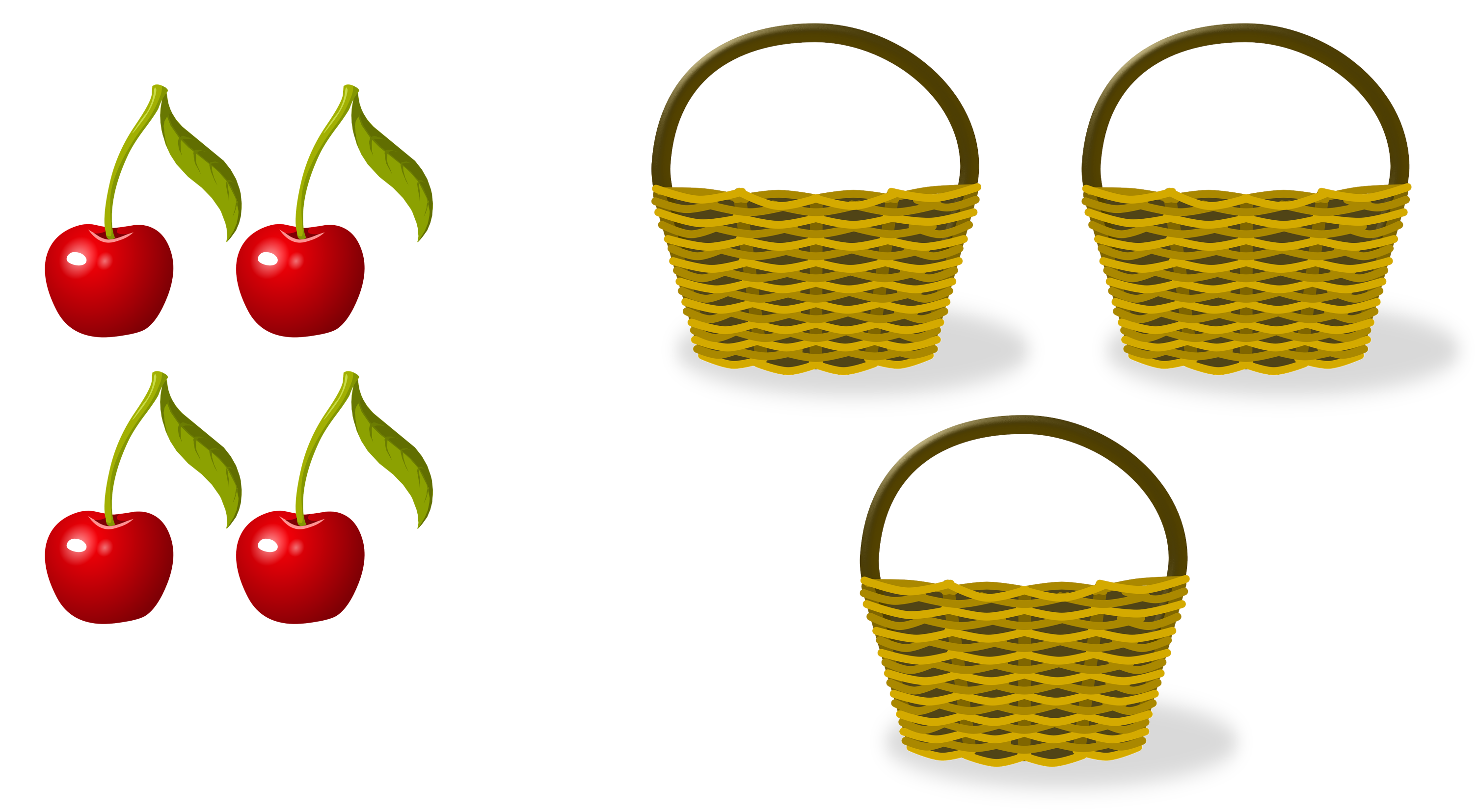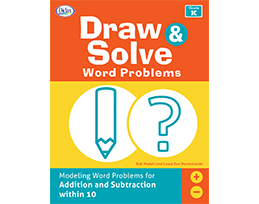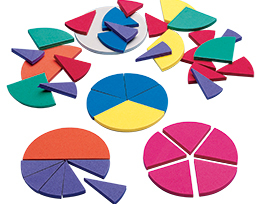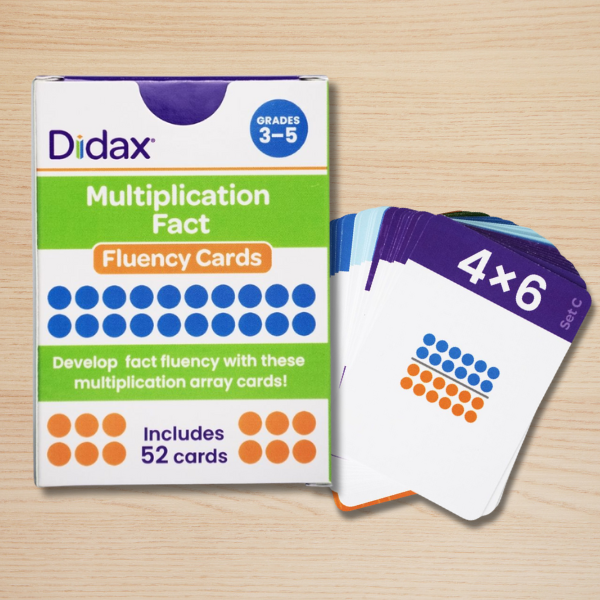Drawing to Solve Math Word Problems
- By Rob Madell
- Apr 9, 2018
by: Rob Madell
The ability to model word problems is the basis of all whole number arithmetic. The Math Standards define many different types of word problems that children are expected to be able to model. Beginning with physical models, students develop an understanding of the modeling process, and at some point they must make the transition from the concrete, physical models to a drawn representation of the problem. Let’s look at some examples.
Here is a simple story problem.
Rose has 5 pennies. Eva has 9 pennies. How many more pennies does Eva have than Rose?
I have posed this problem to many, many children. More than a few of them have answered, “Eva has 9. You just told me that.” Those children didn’t understand the question. It is not simply that they got the wrong answer. It is not simply that they made a minor mistake. Those children really didn’t understand what I was asking.
Here is another problem.
Trixie has 3 baskets. There are 4 cherries in each basket. How many cherries does Trixie have altogether?
I often ask children to draw pictures to represent story problems. These drawn models of the problems provide insight into the children’s thinking. For this problem, I have seen children draw 3 baskets, draw 4 cherries in each basket, and then miscount the cherries – maybe they count 11, or maybe 13. Of course, 11 is not right. And 13 is not right.
But compare those children who miscount with those children who start out by drawing 4 cherries and 3 baskets.

Miscounting is one thing – everyone makes minor mistakes. But children who draw 4 cherries and 3 baskets don’t understand the question. Those children need help.
Most children come to school understanding some types of story problems and not understanding other types. Here is a problem that many children would understand quite well.
Dhani had 6 stickers. His teacher gave him 3 more stickers. Then how many stickers did Dhani have?
I would know that a child understood this problem if he or she:
- Was able to draw a picture that accurately represented the problem, and
- Knew what to count in their picture to get the answer.

Probably the most important job for elementary school teachers (of math) is to help every child come to understand every type of story problem. That is because understanding word problems is the basis of all of elementary whole-number arithmetic.
Think about the time in Grades K–5 that is spent on strategies for adding, subtracting, multiplying, and dividing with whole numbers. The time spent on those strategies is a large part of the total time spent on math in elementary schools.
Now think about what a strategy is. Here are two examples.
- An easy strategy: I can solve the sticker problem above by “counting on” from 6 – “6, 7, 8, 9.” Counting on is a strategy. Counting on is a shortcut for solving certain kinds of story problems – I don’t have to count all the stickers one by one.
- A hard strategy: Suppose that in the problem above Trixie had 35 baskets with 46 cherries in each. Because I understand this problem I could solve it by drawing a picture of 35 baskets, drawing 46 cherries in each basket, and then counting all of the cherries one by one. But not only do I understand the problem, I also have a very sophisticated shortcut that allows me to avoid all of that counting. That shortcut, that strategy, is the standard multiplication algorithm.
The books in the Draw & Solve Word Problems series are intended to help children model the Math Standards problem types for each grade level with paper and pencil. Each of the classroom-tested worksheets in these resources features a word problem along with plenty of space for students to draw the problem and work through their solution, providing the kind of practice that students need to understand word problems.
Elementary school teachers of math have two big jobs. Help children to understand word problems, and then help them to understand and use strategies – the shortcuts that allow them to avoid counting. Helping each child develop an understanding of these key problem types is another block in a solid foundation of whole number arithmetic.
Rob Madell was Vice President for Interactive Research at Children’s Television Workshop (Sesame Street) for 15 years. He began his career as a research mathematician and as an elementary school teacher in New York City. He is now teaching again at Compass Charter School in Brooklyn, New York. With Laura Zoe Dombrowski, he co-authored the Grades K–3 series Draw & Solve Word Problems (Didax, 2018).








 © 2023 Didax, Inc. All Rights Reserved.
© 2023 Didax, Inc. All Rights Reserved.